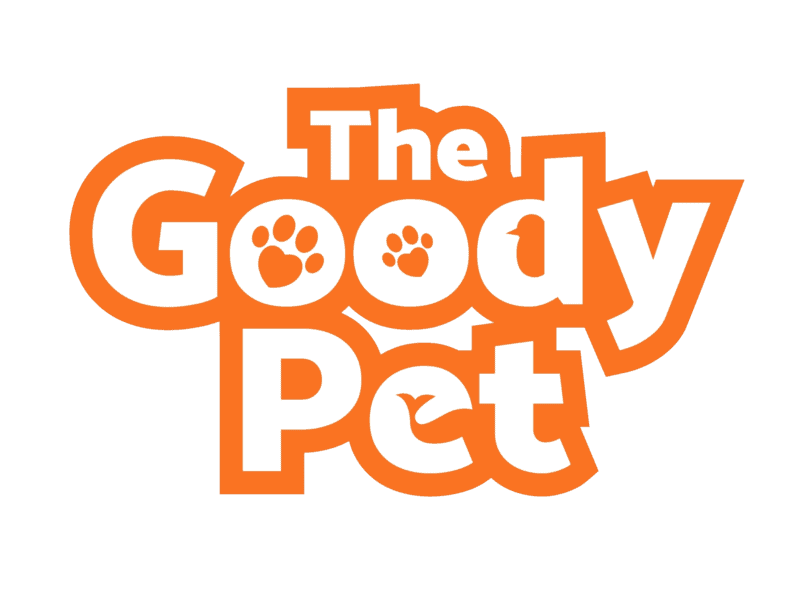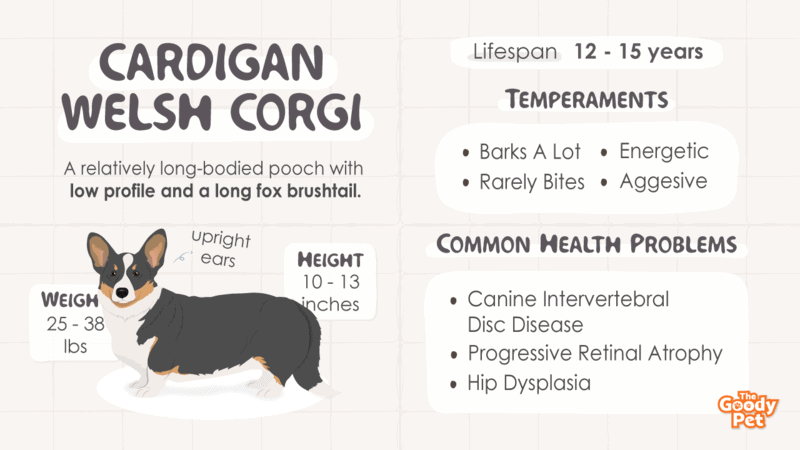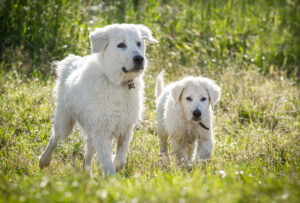The Cardigan Welsh Corgi, alongside the Pembroke Welsh Corgi, is one of the two most popular dog breeds from Wales. Welsh Corgis are also some of the oldest breeds in the British Isles. However, they were listed for the first time by the UK Kennel Club in 1925. At the time, the Cardigan Welsh Corgi and the Pembroke Welsh Corgi were both believed to be the same. But ten years later, in 1934, they were declared separate breeds.
The Cardigan Corgi is a relatively long-bodied pooch with a low profile and a long fox brushtail. These dogs also have upright ears and are typically double coated.
On average, a full-grown Cardigan Corgi is roughly 10 to 13 inches tall. Male Cardigans weigh between 30 to 38 lbs, while females range between 25 and 34 lbs.
Welsh Corgis, including the Cardigan Corgi, are generally considered versatile pooches. They can live in a wide range of settings or environments and are known to be extremely loyal to their owners.
In case you are thinking of getting a Cardigan Welsh Corgi, we have some important info for you. First, we begin by giving you a brief description of the Cardigan Corgi’s physical attributes. We also look at common health issues associated with this pooch. The article contains helpful info on how to take care of your Corgi, including grooming and training.
How Does A Cardigan Welsh Corgi Look Like?
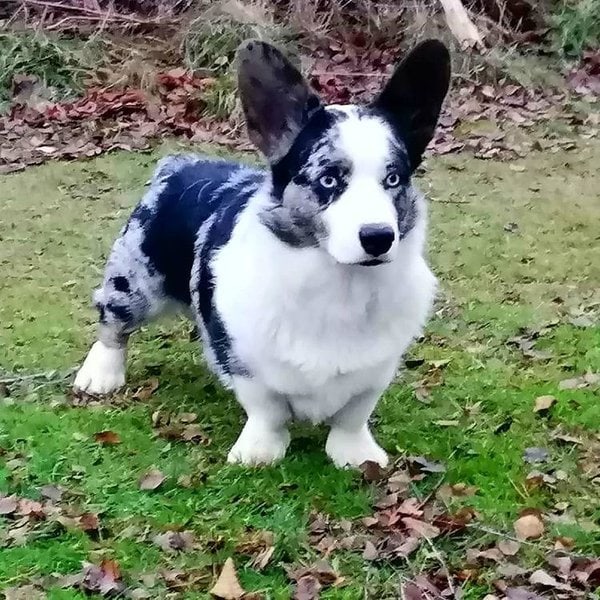
The Cardigan Welsh Corgi is generally considered a cute and high energy dog. The pooches however do vary in terms of color and coat markings. Here is a breakdown of how they typically look:
Physical Attributes
The Cardigan Corgi is a low dog, meaning that it’s not that tall. In fact, the name “Corgi” is a welsh word that loosely translates to “dwarf dog.”
Typically, an adult Cardigan Corgi grows to between 10 and 13 inches in height.
Cardigan Corgis also have naturally upright ears and a fox brushtail. Additionally, adult male Cardigan Corgis can weigh between 30 to 38 lbs while females normally weigh between 25 to 34 lbs.
Appearance
Cardigan Corgis come in a wide variety of colors. However, some of the more common colors include any shade of red, black, brindle, and sable. These colors may look way different depending on whether the pooch has a tan or not.
It’s also not uncommon to find Cardigan Corgis with a red merle or blue merle shade. Besides, almost all Corgis have a touch of white in them too. Mostly, the white is found around the neck, muzzle, chest, legs, and the tip of the tail. Cardigan Welsh Corgis are also double coated.
Are Cardigans Part Of Royal Corgis?

Queen Elizabeth is famous for many things. But in her years of reign, she had awed the media with her cute Corgis. Sadly, the Cardigan Corgi does not feature in the Queen’s collection of pooches. Instead, her majesty has the Pembroke Corgis, the second of only two famous breeds from Wales.
How Long Do Cardigan Welsh Corgis Live? Common Health Problems Of A Cardigan Welsh Corgi

The Cardigan Welsh Corgi is typically a very versatile dog. These beautiful four-legged friends can live in a wide range of environments without any problems. Nonetheless, there are several health issues you need to be aware of. Here they are:
Canine Intervertebral Disc Disease (IVDD)
Canine Intervertebral Disc Disease (IVDD) is a canine condition where the discs that cushion the bones of the spinal column start to lean or burst towards the spinal cord spaces.
As these discs bulge, they press against the central nervous system that runs through the pooch’s spine. This eventually causes severe pain and suffering for your four-legged furry friend. The condition will also cause significant nerve damage and eventually lead to paralysis.
Several dog breeds are predisposed to Canine Intervertebral Disc Disease (IVDD). But it’s believed that Corgis are more susceptible to spinal cord issues because they are your typical “dwarf” dogs.
Common symptoms include paralysis or difficulty walking, unwillingness to jump, abnormal walking, constant pain, and weaker rear legs.
Progressive Retinal Atrophy (PRA)
Your Cardigan Corgi may also be susceptible to Progressive Retinal Atrophy (PRA), a genetic disease that causes the bilateral degeneration of the retina. PRA is progressive and will eventually lead to significant vision impairment for your little pooch. Nonetheless, the condition is extremely rare.
Hip Dysplasia
Although canine hip dysplasia is often associated with larger breeds, it can also affect low profile dogs, including the Cardigan Corgi. Hip dysplasia is characterized by a progressive decline in joint function, something that affects the pooch’s mobility.
Cardigan Corgis may also be exposed to other conditions as they get older. Nerve damage and cancer are some of the leading causes of death for these native Welsh pooches.
How Long Do Cardigan Corgis Live?
The lifespan of a Cardigan Corgi will entirely depend on the kind of care you give your little four-legged buddy. However, these dogs will normally live for between 12 to 16 years.
How To Take Care Of A Cardigan Welsh Corgi?
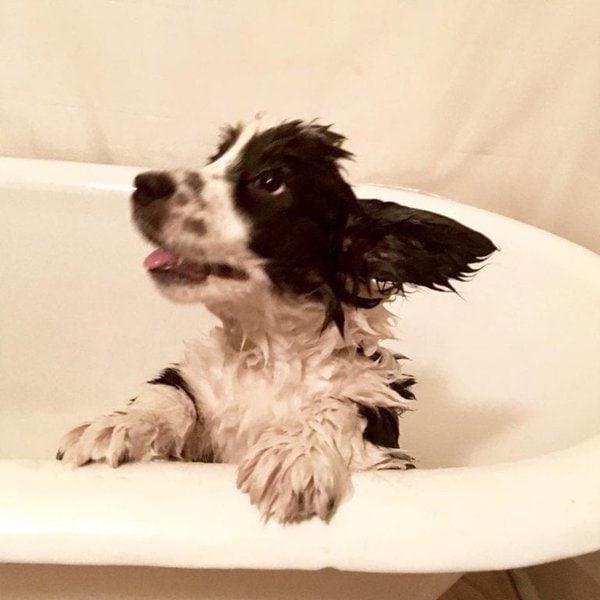
So, there are several ways to take care of your Cardigan Corgi, including grooming and all. But first, it is important to help your pooch navigate through several health problems.
As we have already noted above, Cardigan Corgis are versatile enough to live anywhere. But they still need a lot of care just like any other dog breed. Here are a few tips to consider:
Glucosamine And Chondroitin For Your Cardigan Corgi
Glucosamine and chondroitin supplements are extremely helpful in treating two common health issues associated with the Cardigan Corgi. First, they will provide relief for Corgis suffering from Canine Intervertebral Disc Disease (IVDD).
These substances are normally used as food supplements to alleviate the symptoms of osteoporosis. But there is research out there showing that glucosamine and chondroitin sulfate are very effective in treating IVDD.
Glucosamine and chondroitin are also used to treat and manage canine hip dysplasia in Cardigan Welsh Corgis and other dogs. These supplements are especially effective in treating osteoarthritis which is caused by hip dysplasia. Glucosamine and chondroitin sulfate are also essential in enhancing cartilage and joint health in your four-legged furry friend.
Possible Treatment For Progressive Retinal Atrophy (PRA)
Sadly, PRA has no cure. However, you can reduce the potential risk of this condition by making sure your pooch is in good health by promoting proper nutrition at all times.
Are There Any Recommended Supplements For My Cardigan?
Yes, there are several pet products out there that come loaded with these important supplements. While each product is unique, there is no doubt that some brands are better than others. Well, we did a lot of extensive research on glucosamine and chondroitin supplements for pets and came up with one of the most effective solutions.
The Doggie Dailies Glucosamine is our top pick. These joint relief supplements are fortified with glucosamine, chondroitin, MSM, hyaluronic acid, and ubiquinone. They are important for your pooch’s bone and joint health and are also super tasty your four-legged furry friend won’t resist them.
Be sure to also check out Pet Plate and its meals. Every meal is specially designed to provide your Cardigan Corgi with the necessary nutrients and proteins for daily nutritional needs. It also contains immunity-boosting supplements, such as salmon oil and taurine, against infections and diseases, for a healthy and happy dog.
Do Cardigan Welsh Corgis Shed? Grooming Tips Of A Cardigan Welsh Corgi
Cardigan Welsh Corgis are high-maintenance dogs. They shed a lot, and if you don’t have a committed grooming schedule, you will end up with loads of fur in your home. The dogs have a thick outer coat and a short, extremely dense undercoat.
This evolutionary attribute is designed to protect Corgis from tough weather. It’s also the same reason why these pooches can live anywhere. The good news is that even with this high rate of shedding, Cardigan Corgis are not difficult to groom. Here are two grooming tips to keep in mind:
Brushing The Coat
Typical grooming routines for high shedding dogs involve brushing the coat regularly to get rid of the excess fur. But Cardigan Corgis require a little more attention. As a rule of thumb, it is advisable to brush your Cardigan Corgi at least once every day. And always, use a high-quality grooming brush that is comfortable enough for your four-legged furry friend.
Well, there are many grooming brushes out there. But for a high shedding pooch like the Cardigan Welsh Corgi, we’d recommend the DakPets Pet Grooming Brush. This deshedder is purposely built for high shedding dogs and will reduce shedding by up to 95%. It is also made from non-irritating materials and comes with a replaceable heavy-duty stainless steel pet comb that will last for years.
Cleaning Your Cardigan Corgi
As we have noted above, Cardigan Corgis are low-profile dogs and therefore they are more exposed to dirt than most other taller breeds. For this reason, it is important to clean your pooch daily and rid them of any dirt.
We understand that taking the dog for a bath every time they get dirty is tedious. This is why using wipes is always a great idea. Well, check out the SCOBUTY Pet Wipes, multifunctional wipes designed for light cleaning, especially on your Corgi’s belly.
Are Cardigan Welsh Corgis Easy To Train?

Before you bring a Cardigan Welsh Corgi home, it is important to consider its temperament and training, especially if you have kids or other pets around.
What Is The Typical Temperament Of A Cardigan Welsh Corgi?
Aggression
Cardigan Welsh Corgis, just like their Pembroke cousins, were traditionally used as herding dogs. This would normally involve keeping cattle in line on the grazing fields. Corgis are therefore very aggressive, bossy, and feisty. These pooches love to dominate their space and take control. The level of aggression displayed by the pooch however depends on many factors.
Cardigan Corgis will show aggression due to several reasons, including when they are sick or feeling pain. These four-legged furry buddies do not also like to be threatened. Cardigan Welsh Corgis normally show aggression by barking, nipping, snarling, and sometimes displaying a dominant posture. The dogs are also very territorial and would show aggression towards anyone who approaches their home.
Do Cardigan Corgis Bite?
So, while Cardigan Corgis are typically aggressive dogs, especially toward strangers, they are not vicious per se. In other words, these cute canines rarely bite. But if they feel threatened, they may lash out.
Barking
Cardigan Corgis bark a lot, even with the slightest provocation. So you need to be ready for this. Typically, these pooches will bark at the sight of strangers, other pets, and also wild animals that may have intruded into your property.
Loyalty And Energy
Based on the fact that they are traditionally herding dogs, Corgis are super energetic and perhaps even workaholics. They will jump and run around all day. Once they are trained, they also tend to be so loyal and loving to their owners.
Ease Of Training
Cardigan Welsh Corgis are intelligent dogs and would therefore be able to understand commands fairly faster. But even then, Corgis are very independent thinkers because of their herding roots.
These dogs learn more on their own by observing patterns than they would from typical commands. This means that it would take more time, confidence, and effort on your part to train the Cardigan Welsh Corgis compared to other dog breeds.
Related Questions
Are Cardigan Welsh Corgis Rare? No, Cardigan Welsh Corgis are not rare. These Corgis enjoy a lot of global acclaims and have significant name recognition. This is to say that if you wanted to get a Cardigan Corgi, it shouldn’t be hard to find a pup. Nonetheless, Cardigan Corgis are considered very exclusive pooches.
Can Cardigan Welsh Corgis Swim? Cardigan Welsh Corgis are not water dogs per se. They are most comfortable on land but Cardigan Welsh Corgis will have no problem swimming if they have to. Although the dogs have very short legs, their powerful thighs help them easily navigate through water.
Why Do Corgis Have No Tail? Cardigan Welsh Corgis are born with a tail, but the majority of them have their tails docked or surgically removed at an early age, mostly five days after they are born. This is done as part of historical Corgi traditions and to also conform to the breeding standards associated with these dogs.
